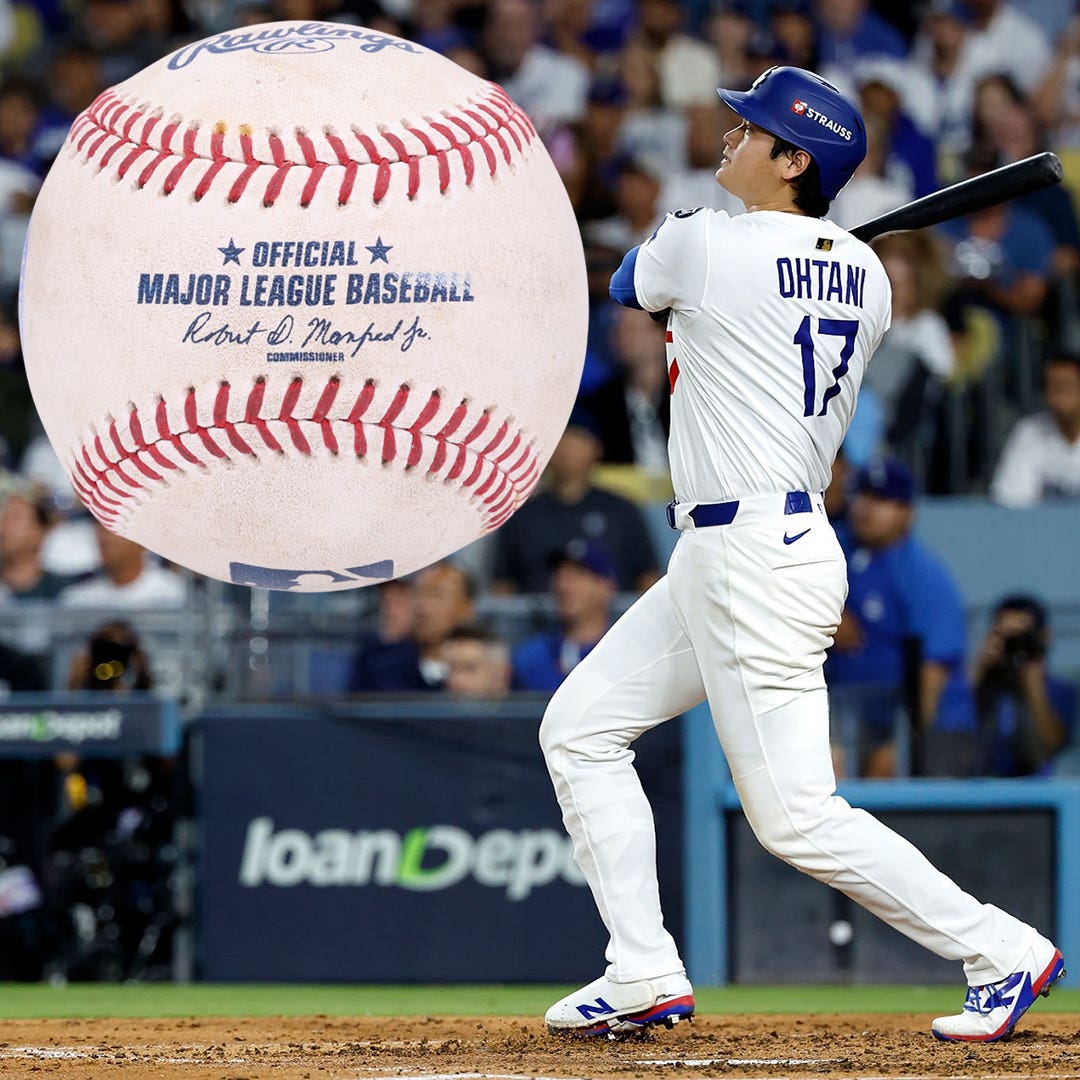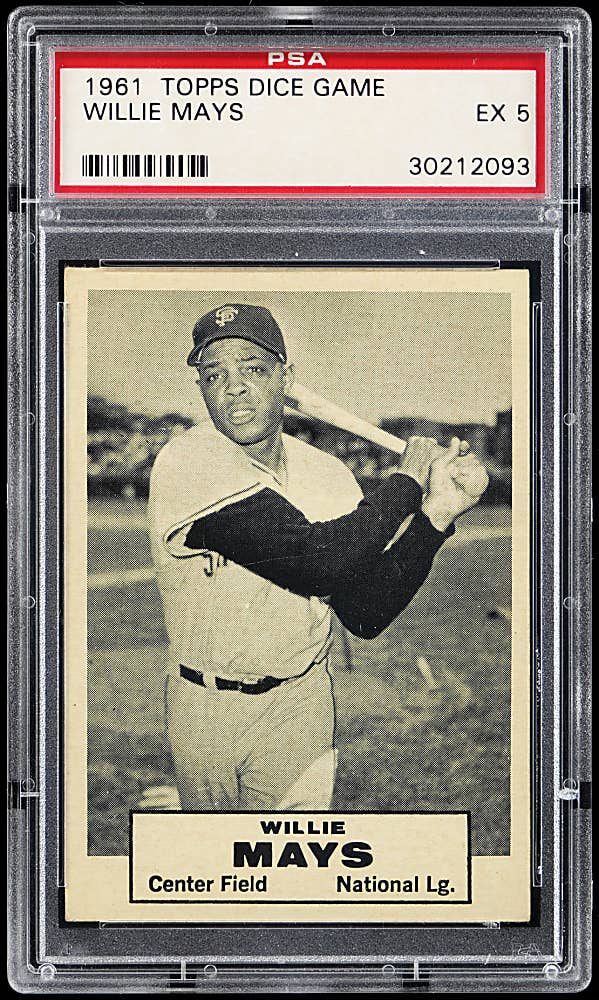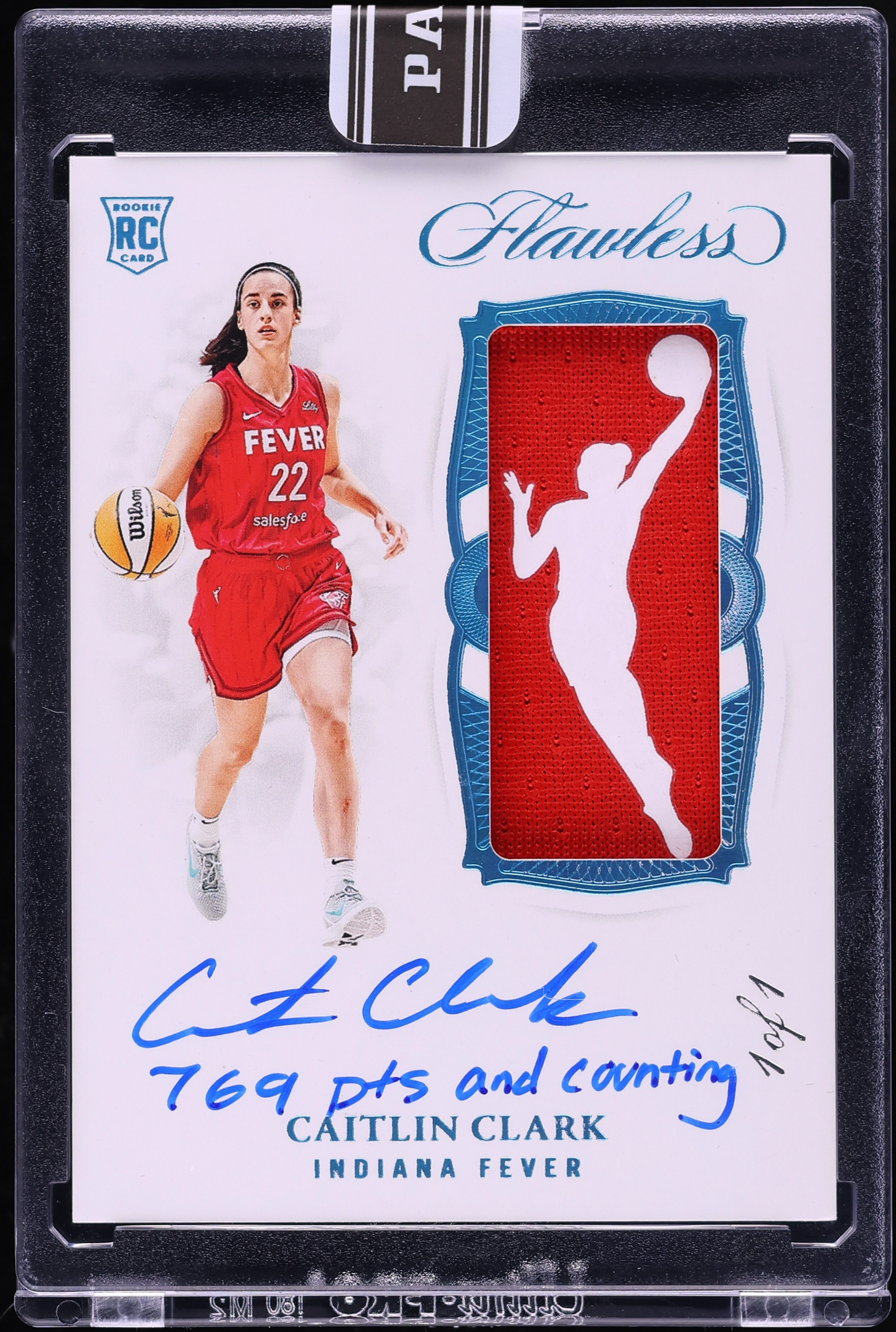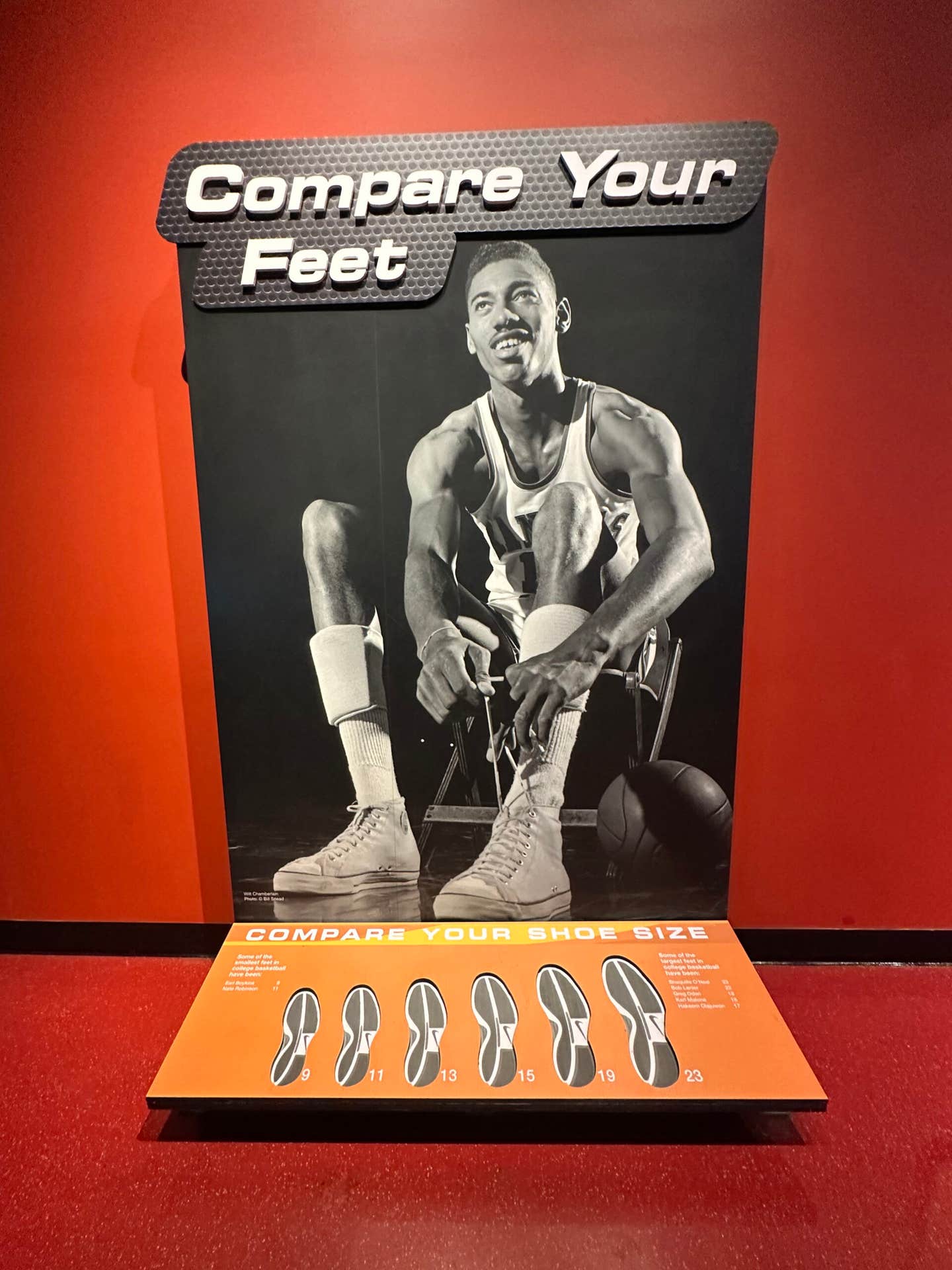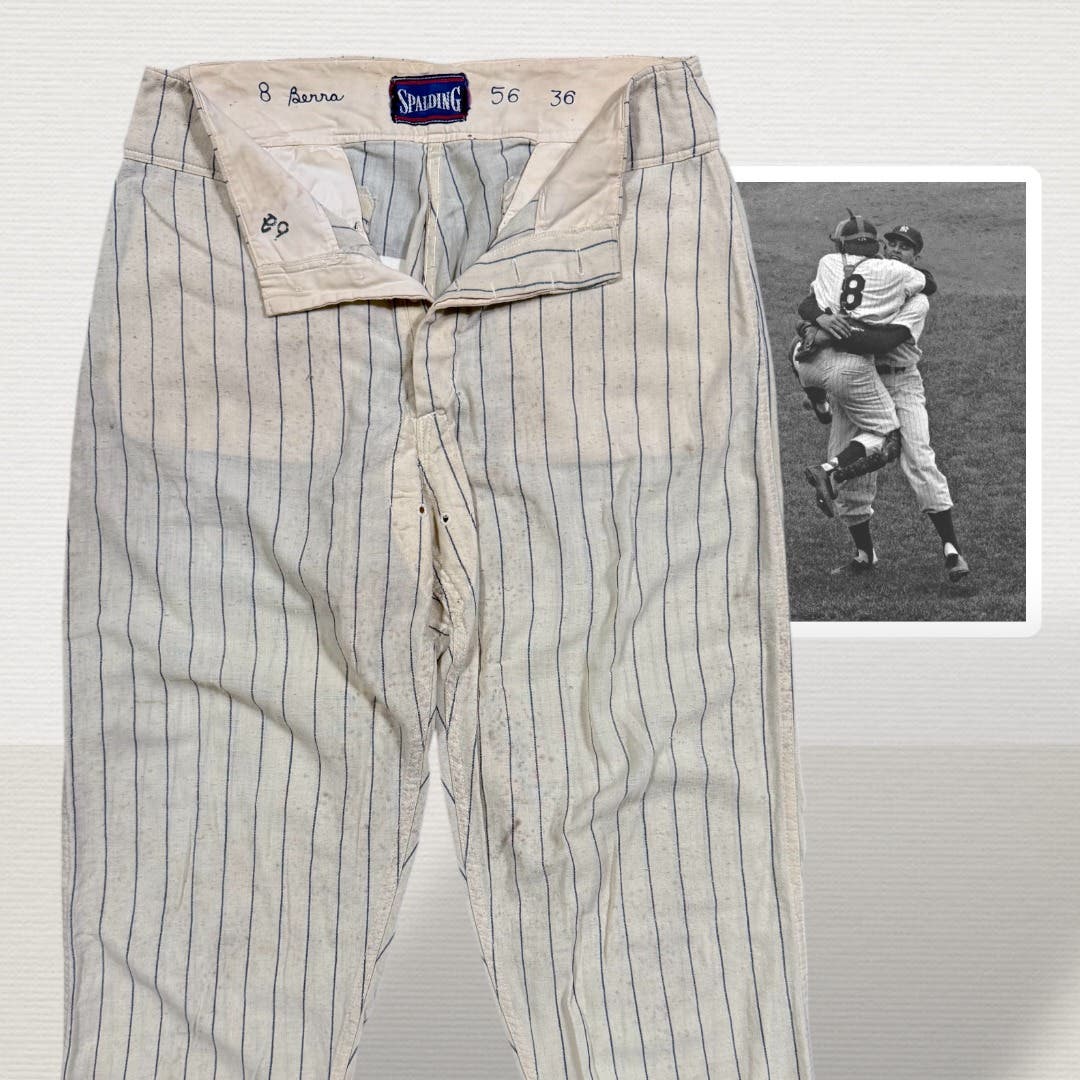Memorabilia
Baseball books cover crazy seasons, rivalries
The year was 1908, and it marks the last time the Chicago Cubs won a World Series.
That season deserves a book, and it now has one with a title worthy of the memorable year – Crazy ’08: How a Cast of Cranks, Rogues, Boneheads and Magnates Created the Greatest Year in Baseball. That year marked the second consecutive season the Cubs won the World Series over the Detroit Tigers.
Cait Murphy, assistant managing editor of Fortune Magazine, leaves economics for her love of baseball to weave a history that reads like a novel.
The book is described by Robert Creamer as “the very best of current histories about specific years in baseball history.” It is Honus Wagner, Ty Cobb, John McGraw and Mordecai ‘Three Fingers” Brown. It is the Fred Merkle “boner” game that ended in a tie, resulting in a replay 15 days later at the end of the season, matching the Giants and Cubs locked in a tie for first place with a pennant at stake. It was the most eagerly anticipated sporting event of the period.
The Tigers were involved in an equally tight three-team race in the other league, where Cobb led his team to the pennant. Murphy takes time to discuss America in 1908 with its anarchism, financial panic, work in the coal mines, race relations and life in Chicago.
Crazy ’08, Cait Murphy, Smithsonian Books, 2007, 368 pages, 16-page insert, notes, index, $24.95.
George Castle has been covering the Cubs for the past 25 years and is more than cognizant of the team’s failure to win championships. He picks up the story where Crazy ’08 ends and examines the flow of the franchise since the turn of the century (with special attention to the club since their last pennant in 1945) in Entangled in Ivy: Inside the Cubs Quest for October.
The Cubs bad luck has been blamed on billy goats, black cats and other supernatural forces. Castle argues there are better explanations, such as inconsistent management philosophies and failed on-field strategies. He incorporates fresh interviews from former and present Cubs at all levels of the organization. Despite all of the heartbreak seasons, Cubs fans still fill the ivy-laced stadium game after game.
Entangled in Ivy: Inside the Cub’s Quest for October, George Castle, Sports Publishing, 2007, glossy softcover with flaps, 256 pages, index, $16.95.
Talk about frustration. How about years of effort to bring a major league team to your city only to have the team stay for just a single season. Kenneth Hogan chronicles the bizarre story in The 1969 Seattle Pilots: Major League Baseball’s One-Year Team.
In 1937, Seattle businessman Emil Sick bought the city's failing Pacific Coast League team, the Indians, renamed them the Rainers and constructed a splendid new stadium. Throughout the next few decades, some major league franchises looked to Seattle as a possible new home, but it was primarily the efforts of PCL President Dewey Soriano that resulted in the awarding of an American League expansion team to Seattle. In 1969, Sick’s stadium became the home of the Seattle Pilots – for one year.
Hogan reviews Seattle’s years in the PCL, but his main text provides a detailed account of the efforts to gain American League approval of Seattle, the first team draft, the 1969 spring training and regular season, the attempt to save the team and finally, the move to Milwaukee. Brief interviews with 14 players aid to the text. Tables, including a team roster, standings and stats, are also provided.
The 1969 Seattle Pilots: Major League Baseball’s One-Year Team, Kenneth Hogan, McFarland & Co., 2007 paperback, 204 pages, 112 photos, appendix, bibliography, index, $29.95.
A very different one-season book is Major League Baseball Players of 1916: A Biographical Dictionary. More than 500 men played in the major leagues that year, many for a “cup of coffee” appearance. However, 39 of them would later be elected to the Baseball Hall of Fame. Paul Batesel’s research seeks to determine who was the average ballplayer of the “dead ball” era, what was his background and what became of him after his playing days.
The main body of the work is a 1916 biographical dictionary with concise data for 527 players. Several appendices document the 1916 season, career stats, “what manner of men were these” and occupational and mortality data. Details are provided on each player’s ethnic and geographical origin, age and physical size.
Major League Baseball Players of 1916: A Biographical Dictionary, Paul Batesel, McFarland and Co., 2007, oversized paperback, 215 pages, 164 photos, appendices, bibliography and index, $35.
When baseball commissioner Bud Selig’s decision to drop two MLB teams was approved by league owners in a 28-2 vote in the 2001-02 offseason, fans soon began to fear for the future of their struggling teams. Most concerns were in Canada, where both the Montreal Expos and Toronto Blue Jays were the likely candidates.
David Luchuk’s book, Blue Jays 1, Expos 0: The Urban Rivalry That Killed Major League Baseball in Montreal, examines month-by-month the 2005 seasons of both teams, setting events against the backdrop of a long-nurtured rivalry between the cities of Montreal and Toronto. Supplementing on-field events with off-field politics and a wealth of historical background that placed both franchises in hostile competition, Montreal resident Luchuk points to the inevitability of the Expos demise.
Blue Jays 1, Expos 0, David Luchuk, McFarland and Co., 2007, paperback, 202 pages, photographs, bibliography, index, $29.95.



